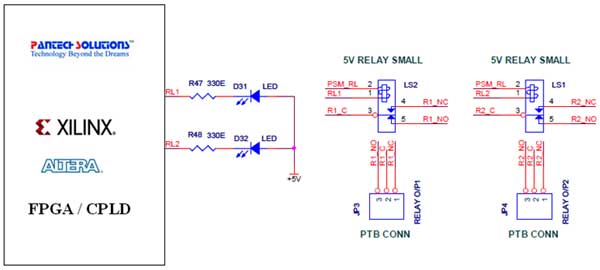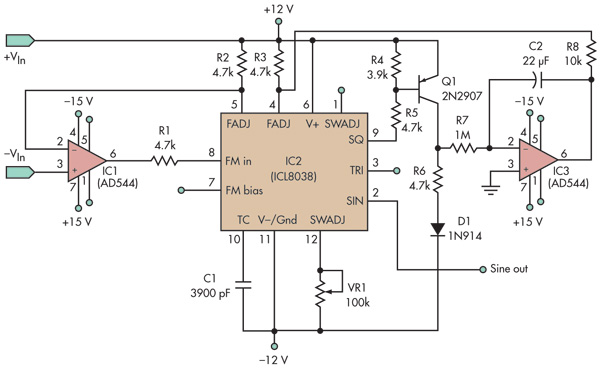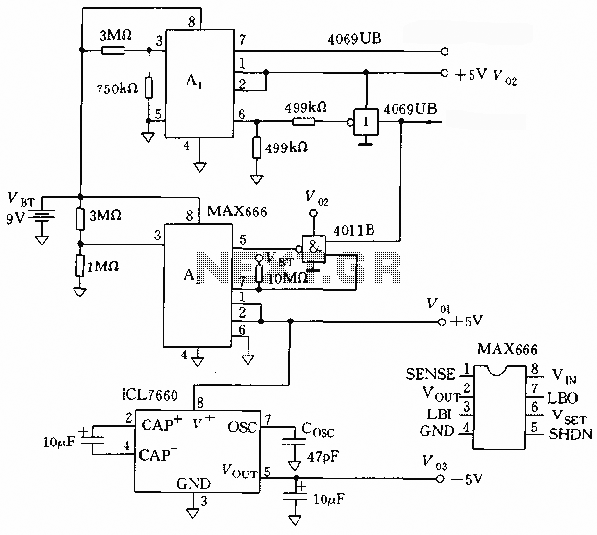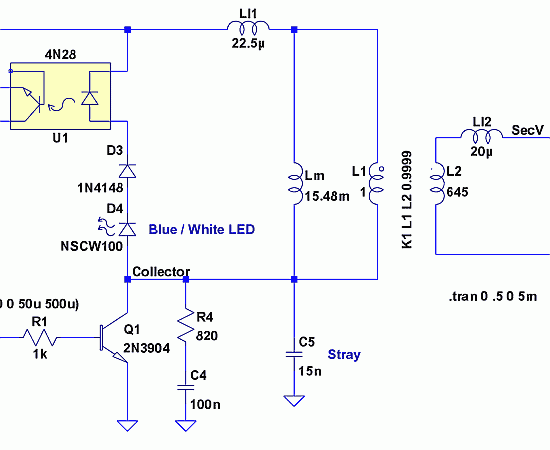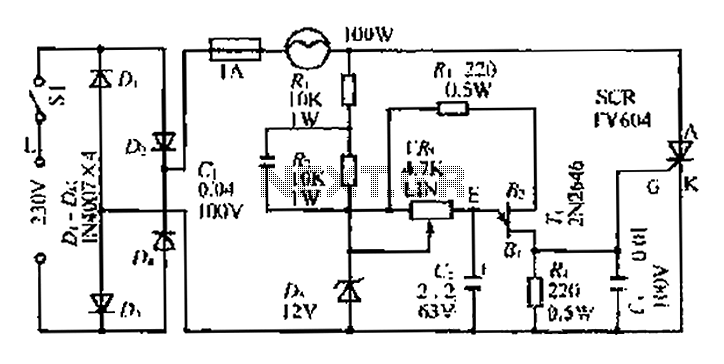
The Universal Linear Component
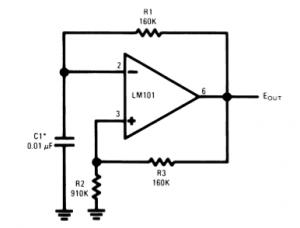
Operational amplifiers are the simplest and most effective means of executing a variety of linear functions, ranging from basic amplification to intricate analog computations.
Operational amplifiers (op-amps) are versatile components widely utilized in electronic circuits for various applications. These devices can perform functions such as signal amplification, filtering, mathematical operations (addition, subtraction, integration, differentiation), and more. An op-amp typically consists of multiple transistors, resistors, and capacitors integrated into a single package, providing high input impedance and low output impedance, which makes them ideal for interfacing with different circuit elements.
In a basic configuration, an op-amp can be set up in inverting or non-inverting mode. In the inverting configuration, the input signal is applied to the inverting terminal, while the non-inverting terminal is grounded. The output is 180 degrees out of phase with the input, and the gain can be controlled by selecting appropriate feedback resistances. Conversely, in the non-inverting configuration, the input signal is connected to the non-inverting terminal, resulting in an output that is in phase with the input. The gain in this setup is determined by the ratio of feedback resistors.
Op-amps can also be configured to perform more complex operations, such as integrators and differentiators, which are essential in signal processing applications. An integrator circuit produces an output voltage that is proportional to the integral of the input signal, while a differentiator circuit provides an output voltage proportional to the rate of change of the input signal.
Moreover, op-amps are often employed in active filters, oscillators, and comparators. In active filters, they can enhance the performance of the filter by providing gain and buffering. In oscillators, op-amps can be used to generate sine, square, or triangular waveforms, while comparators enable the detection of specific voltage levels, triggering actions based on the input signal.
Overall, operational amplifiers are fundamental building blocks in analog electronics, enabling a wide array of functionalities essential for modern electronic systems. Their adaptability and performance characteristics make them indispensable in both consumer electronics and industrial applications.Operational amplifiers are undoubtedly the easiest and best way of performing a wide range of linear functions from simple amplification to complex analog computati.. 🔗 External reference
Operational amplifiers (op-amps) are versatile components widely utilized in electronic circuits for various applications. These devices can perform functions such as signal amplification, filtering, mathematical operations (addition, subtraction, integration, differentiation), and more. An op-amp typically consists of multiple transistors, resistors, and capacitors integrated into a single package, providing high input impedance and low output impedance, which makes them ideal for interfacing with different circuit elements.
In a basic configuration, an op-amp can be set up in inverting or non-inverting mode. In the inverting configuration, the input signal is applied to the inverting terminal, while the non-inverting terminal is grounded. The output is 180 degrees out of phase with the input, and the gain can be controlled by selecting appropriate feedback resistances. Conversely, in the non-inverting configuration, the input signal is connected to the non-inverting terminal, resulting in an output that is in phase with the input. The gain in this setup is determined by the ratio of feedback resistors.
Op-amps can also be configured to perform more complex operations, such as integrators and differentiators, which are essential in signal processing applications. An integrator circuit produces an output voltage that is proportional to the integral of the input signal, while a differentiator circuit provides an output voltage proportional to the rate of change of the input signal.
Moreover, op-amps are often employed in active filters, oscillators, and comparators. In active filters, they can enhance the performance of the filter by providing gain and buffering. In oscillators, op-amps can be used to generate sine, square, or triangular waveforms, while comparators enable the detection of specific voltage levels, triggering actions based on the input signal.
Overall, operational amplifiers are fundamental building blocks in analog electronics, enabling a wide array of functionalities essential for modern electronic systems. Their adaptability and performance characteristics make them indispensable in both consumer electronics and industrial applications.Operational amplifiers are undoubtedly the easiest and best way of performing a wide range of linear functions from simple amplification to complex analog computati.. 🔗 External reference
